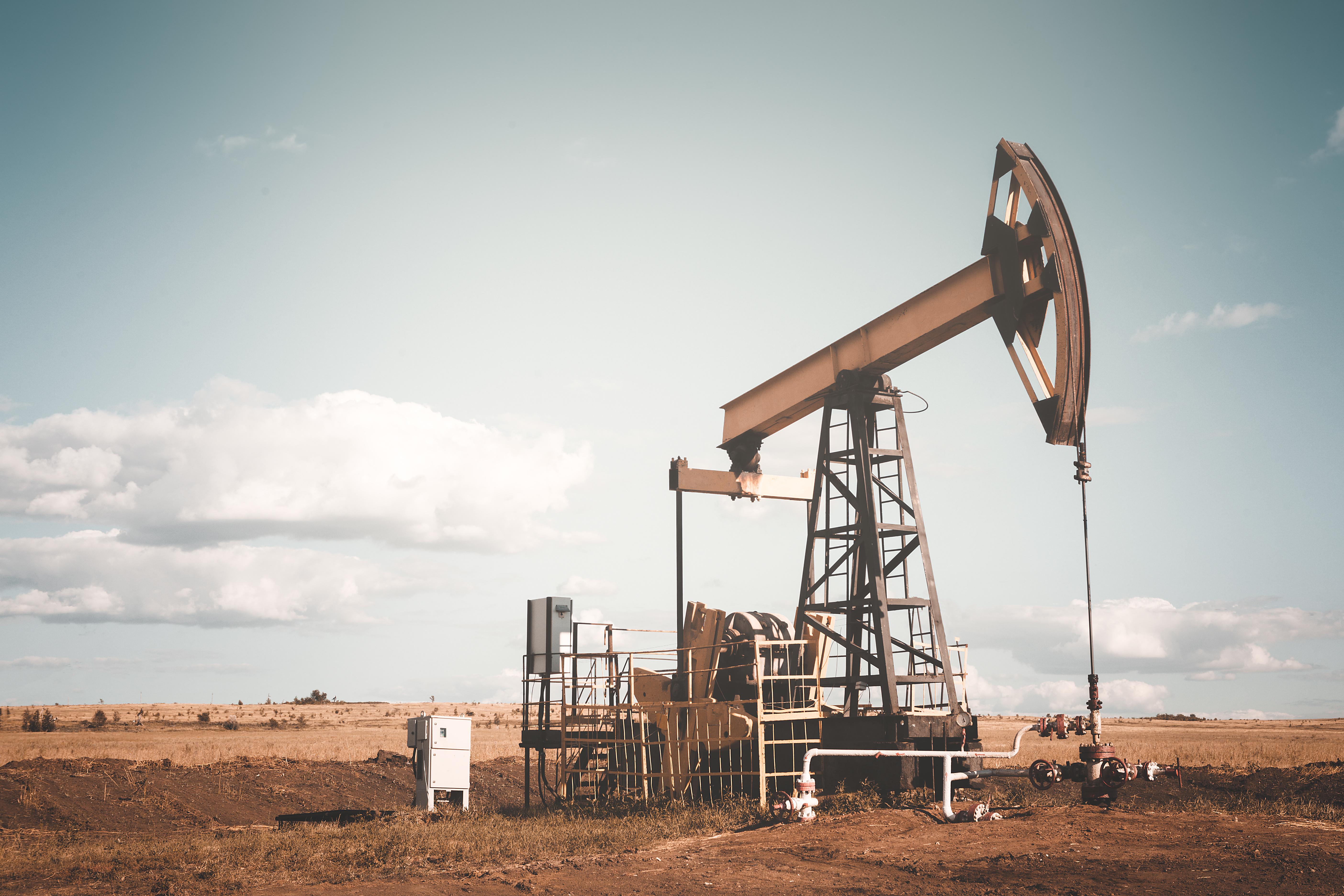Oil Price Outlook: Goldman Sachs Sees a New High
Last week, Goldman Sachs increased its target on oil prices, but only for the short term. Its long-term target on oil prices is almost unchanged.
Dec. 10 2019, Updated 2:56 p.m. ET

Last week, Goldman Sachs (GS) increased its target on oil prices. But the revision is only for the short term. Goldman kept its long-term target on oil prices almost unchanged. Notably, the “OPEC+” decision for a deeper output cut is only up to March 2020. Analysts have already raised doubts about the long-term survival of the alliance between OPEC and a few non-OPEC members.
Oil prices forecast
According to Goldman Sachs, Brent and WTI crude oil spot prices could average $63 per barrel and $58.5 per barrel, respectively, in 2020. The earlier forecast was $60 per barrel and $55.5 per barrel, respectively. In 2019 so far, spot prices of these two grades of oil have averaged around $64 per barrel and $56.71 per barrel, respectively.
Oil prices above $60 level could be a positive development for upstream stocks such as Whiting Petroleum (WLL). In Q3 2019, WLL’s production mix in oil and NGLs (natural gas liquids) was at 81.5%. NGL is also benchmarked to oil prices.
Goldman Sachs’ demand growth forecast is at 0.9 MMbpd (million barrels per day) and 1.2 MMbpd for 2019 and 2020, respectively. These figures are 50,000 barrels per day lower than the earlier forecast. However, the IEA (International Energy Agency) Oil Market Report suggests stronger growth in oil demand this year. For the next year, the IEA projects a demand growth of 1.4 MMbpd.
In addition, based on a note viewed by CNBC, JP Morgan chief US equity strategist Dubravko Lakos-Bujas said that “We expect the rotation from Momentum into Value to persist as the global business cycle re-accelerates and puts upward pressure on bond yields and commodities.” These facts could be important for oil bulls.
Brazil’s production
Brazil’s Mines and Energy Minister Bento Albuquerque had indicated a surge in the country’s oil production despite rising concerns about climate change issues. Brazil is the third-largest crude oil producer in the Americas. A surge in the country’s oil production could increase the non-OPEC supply.
Moreover, the recent depreciation in Brazil’s domestic currency could make exports more profitable. When the domestic currency depreciates against its foreign counterparts, the realized revenue of export-oriented businesses often rises. Any rise in Brazil’s oil output could be a bearish driver for oil prices.
Notably, President Donald Trump could re-impose tariffs on Brazil’s steel and aluminum. Trump stated that the plunge in Brazil’s currency has increased its export competitiveness. To learn more, read France, Brazil, Argentina: Trump’s Latest Tariff Targets.
API and EIA inventory data
A Reuters poll predicts that the API (American Petroleum Institute) could today report a fall of 3.1 MMbbls (million barrels) in crude oil inventories, while the gasoline inventories could rise by 2.95 MMbbls. Any rise in the gasoline inventories would mark the fifth consecutive weekly rise in the API data.
Tomorrow, the EIA (US Energy Information Administration) will record its oil inventory report. A Reuters poll forecasts that the EIA will report a fall of 3.1 MMbbls in oil inventories but gasoline inventories could rise by 2.7 MMbbls. A Reuters poll suggests a similar trend for both API and EIA reports. The rise in gasoline inventories might spell trouble for oil prices.
To learn more about the impact of gasoline inventories on oil prices, read Gasoline Inventories Pressure Gasoline and Oil Prices.
